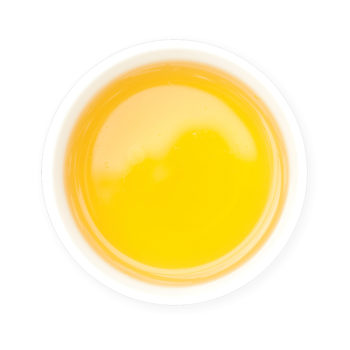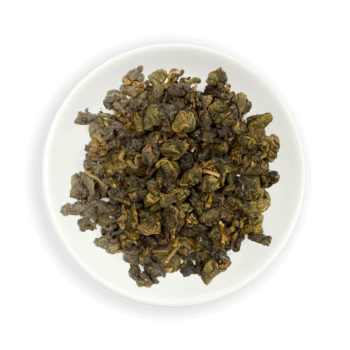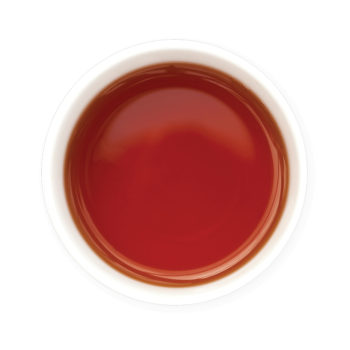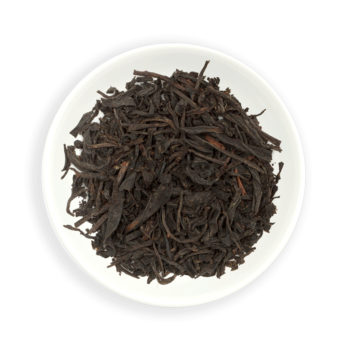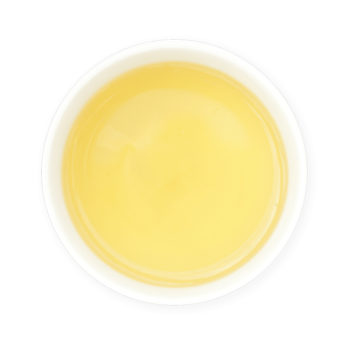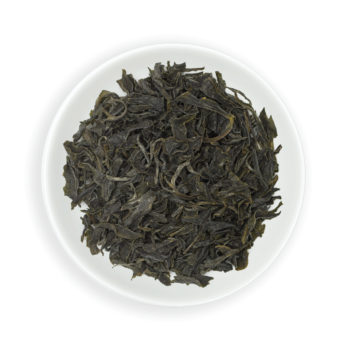It’s morning break: if you’re a tea drinker, you might take that moment to quickly dunk a tea bag into mug of hot water, perhaps with a splash of milk. Have you ever wondered how the art of tea making has been boiled down from the intricate ceremonies of Asia and long afternoon teas of England, to a crude paper sachet of black dust?
The tea bag was invented by accident, as with many great innovations, around the turn of the 20th Century, when tea merchant Thomas Sullivan sent out samples of leaf tea in small silk sachets. When his clients requested their tea orders be packaged in the same way, he discovered they had left the tea in the sachets for brewing.
Eventually, filter paper was favoured over the expensive silk casings, and tea companies also realised this was an opportunity to use the ‘fannings’—the dust and small pieces of tea leaves, generally considered a by-product—in tea bags, and continue to sell the larger, whole leaves as loose leaf tea. Thus, the tea bag as we know it was born.
Amy Reason, blend master at local Zealong Tea Estate, explains the difference those tea fannings can make to your brew.
“Smaller leaf sizes like fannings and fragments have more surface area, which means a quicker release of bitter tannins when steeped in water, and more exposure to oxygen.
“That exposure causes loss of flavourful oils and aromas, which is why you’ll often find artificial flavours added to tea bags in the form of sprays or even flavour ‘crystals’.
“Whole tea leaves will unfurl when steeped, gradually exposing surface area and releasing their flavours that had been locked in during the rolling and drying.”
More recently, tea drinkers have also become concerned about the plastics used to seal the paper tea bags, and there has been demand for alternatives.
“People have really grown used to the convenience of brewing tea in a bag,” says Zealong’s general manager Gigi Crawford.
“A lot of tea drinkers would prefer to find plastic-free tea bags instead of just switching to loose leaf, but unfortunately that means they tend to miss out on the better quality that whole leaf provides.”
So when Zealong started selling their cornstarch-based, plastic-free tea bags, they did things differently, using their whole leaves in the bags. Fannings and broken leaves are still a by-product, returned to the farm as mulch.
Gigi says that as well as giving tea bag drinkers the option of a better quality brew, it also means their tea bags are reusable, since whole leaves can be re-infused.
“If you’d usually use three or four tea bags in a day, you would be able to use just one Zealong tea bag instead, creating less waste.”
Zealong have brought the tea bag full-circle to Sullivan’s original (accidental) prototype, with their combination of whole leaves and quality material, proving to tea lovers that the humble tea bag doesn’t necessarily have to be an inferior brew.
